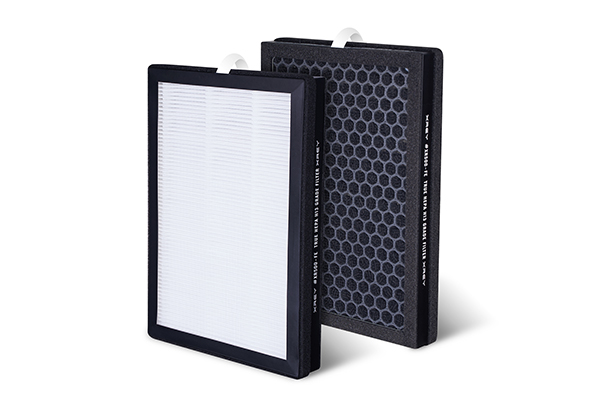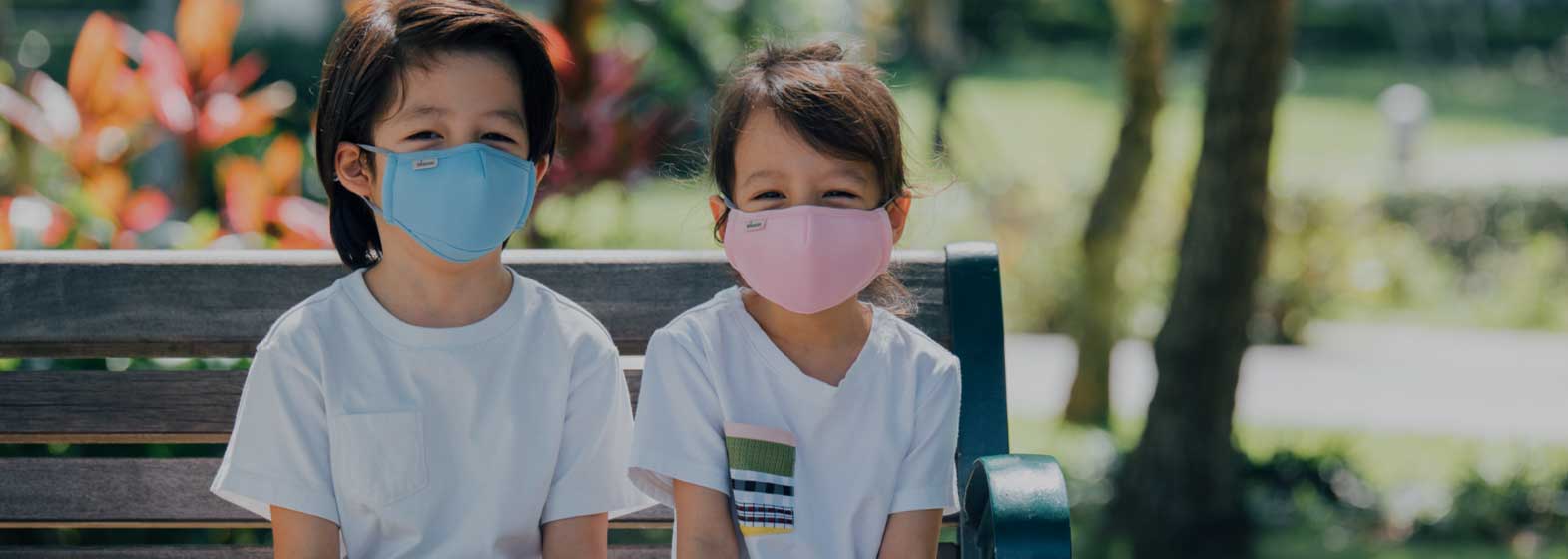
This is the biggest mistake people make while wearing a face mask
- Connexions
- 2020-07-29
- 1914
Cover your nose.
Perhaps the biggest mistake that many folks are making with face masks — besides not wearing them in public at all — is pulling the facial coverings down so that the nose is exposed.

Amid the ongoing debate over when and where people should wear masks, and the mixed messaging behind that, what’s perhaps been lost in the din is the correct way to put on a mask to actually help prevent the spread of COVID-19 in the first place.
The CDC guidelines call for wearing a mask that covers both your nose and your mouth, with the mask secured under your chin. It should fit snugly against your face. There should not be large openings or gaps around your nose, mouth and the sides of your face.
But as summer temperatures have scorched the U.S. — and, let’s face it, some social distancing fatigue has set in as the pandemic continues — health officials have had to remind people that pulling their masks down below their noses or their chins renders the mask basically useless.
That’s because you can still inhale the virus through your nose, or exhale viral particles and spread them to other people through your nose — even if you don’t feel sick. In fact, a recent study from the University of North Carolina at Chapel Hill found that the SARS-CoV-2 — the coronavirus that causes COVID-19 — infects the cells in your nose much more easily than the cells in your throat or your lungs. Once the virus has established itself in your nose, it can then be aspirated into your lungs and cause more serious problems.
What’s more, the study suggests that people are probably releasing a higher concentration of the COVID-19 virus when breathing out of their noses, rather than exhaling out of their mouths.
“If the nose is the dominant initial site from which lung infections are seeded, then the widespread use of masks to protect the nasal passages, as well as any therapeutic strategies that reduce virus in the nose, such as nasal irrigation or antiviral nasal sprays, could be beneficial,” said study co-senior author Dr. Richard Boucher in a statement.
Wearing masks “really is a two-fer,” he further explained to the News & Observer. “You’re protecting yourself, and you’re protecting somebody else from you transmitting something in an asymptomatic phase.”
But you have to wear the mask properly.
New York Gov. Andrew Cuomo recently took sloppy mask behavior to task while warning protesters and police alike to wear the coverings properly last month.
“This is a mask,” he said, pulling one up to cover his nose, mouth and chin.
Then he pulled it down below his chin. “This is a chin guard,” he said, noting that wearing a mask this way “accomplishes nothing.”
“Nobody told you to wear a chin guard. Wear a mask,” he said.
More than 4 million Americans have tested positive for COVID-19, and 143,967 have died as of Friday morning. Dr. Anthony Fauci says, “I certainly don’t think we’re near the end of this” in a new interview with MarketWatch. President Donald Trump has at times also struck a more somber tone over the pandemic that has infected more than 15.3 million globally — and even begun calling on Americans to wear masks this week.
But individuals can make a major impact in the battle against this global crisis by taking three simple steps: washing their hands regularly, keeping their distance from other people — and wearing masks. That’s according to a study out of the Netherlands that was published on Tuesday. “A large epidemic can be prevented if the efficacy of these measures exceeds 50%,” the researchers wrote. In other words, “SARS-CoV-2 will not cause a large outbreak in a country where 90% of the population adopts handwashing and social distancing that are 25% efficacious (i.e., reduce susceptibility and contact rate by 25%, respectively).”
Indeed, at least 230,000 cases of the coronavirus may have been prevented due to government orders requiring face masks in 15 states and the District of Columbia between April and mid-May, according to a recent study by two University of Iowa professors. Another study suggests that nearly 45,000 U.S. deaths from coronavirus could be prevented by November if 95% of the population wore masks.
Read more:As coronavirus cases surge, California is the latest state to require face masks — why other states may want to follow its lead
But gender, political affiliation, race, income and geography all appear to play a role when it comes to whether individuals choose to wear a mask or not.
There are also many myths and misconceptions surrounding masks, such as that people only need to wear one if they’re showing symptoms, or that wearing a mask will reduce your oxygen level. Neither of these is true.
-
 2022-04-26Are air purifiers environmentally friendly ?
2022-04-26Are air purifiers environmentally friendly ? -
 2022-04-26The importance of wearing a mask correctly
2022-04-26The importance of wearing a mask correctly -
 2022-04-27Connexions Air H13 True HEPA Filters
2022-04-27Connexions Air H13 True HEPA Filters -
 2022-04-29What is the use of anion function of air purifier?
2022-04-29What is the use of anion function of air purifier? -
 2022-05-08Standardize the wearing of masks, children should not be missed!
2022-05-08Standardize the wearing of masks, children should not be missed! -
 2022-05-16Hazy days, air purifiers are useful?
2022-05-16Hazy days, air purifiers are useful? -
 2022-05-16Attention everyone! Don't buy fake FFP2 masks! How do we identify?
2022-05-16Attention everyone! Don't buy fake FFP2 masks! How do we identify? -
 2022-05-17Pay attention to secondary pollution when using air purifiers
2022-05-17Pay attention to secondary pollution when using air purifiers -
 2022-05-17TOP5 pollutants that the purifier can purify
2022-05-17TOP5 pollutants that the purifier can purify
-
 2020-06-02Why do Face Masks Matter With This Coronavirus
2020-06-02Why do Face Masks Matter With This Coronavirus -
 2020-06-02How to Wear Mask
2020-06-02How to Wear Mask -
 2020-06-02Three Principles of Choice of Masks
2020-06-02Three Principles of Choice of Masks -
 2020-06-022020 Situation of Mask Market
2020-06-022020 Situation of Mask Market -
 2020-06-17What other preventative measures can you take to protect yourself from airborne substances?
2020-06-17What other preventative measures can you take to protect yourself from airborne substances? -
 2020-06-08The Advantage of Disposable Face Masks
2020-06-08The Advantage of Disposable Face Masks -
 2020-06-093 Ply Disposable Face Mask & Soft & Comfortable Ear Loop
2020-06-093 Ply Disposable Face Mask & Soft & Comfortable Ear Loop -
 2020-06-17What are the regulations for surgical face masks?
2020-06-17What are the regulations for surgical face masks? -
 2020-06-09Do I need to wear a face mask if I am quarantined?
2020-06-09Do I need to wear a face mask if I am quarantined?
CONTACT US


Connexions Technology (Dongguan) Ltd.
We are always providing our customers with reliable products and considerate services.
If you would like to keep touch with us directly, please go to contact us
